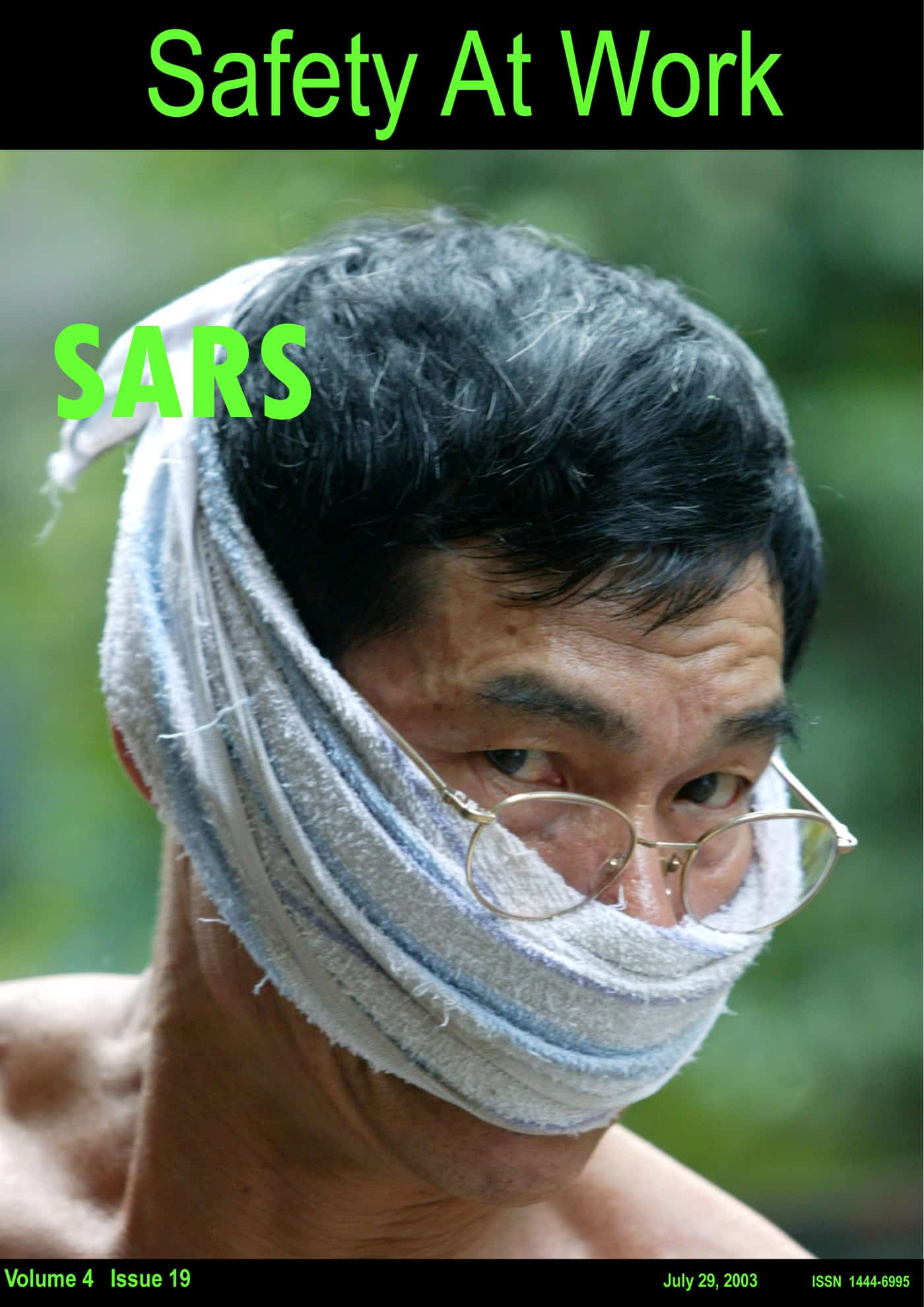There is swine flu information coming at us from all directions. Thankfully in Australia the flu itself has not appeared from any direction but…
For those businesses that are not prepared for potential pandemics, don’t panic, but remember that you have known about this potential since before SARS and if you have not put any plans in place, it’s your own fault.
Now that the criticism is out of the way, if you are concerned, what you should do is hit the Australian internet sites that are relevant to pandemic preparation. One particularly good and local (ie Australian) site is the Australian Government site on pandemic influenza.
There is a very useful Australian podcast on the issue available through ABC Radio.
It is also useful for companies in general to remind its employees about basic hygiene practices. A particularly good source of work-related information on hygiene is at the government site for infection control for health care providers.
Dr Danilla Grando is a hygiene expert and Lecturer in Clinical Microbiology in the School of Applied Sciences at RMIT University in Melbourne and provides her take on this simple and effective hazard control measure
“Research has shown that one of the most powerful weapons against the spread of respiratory illness, including any strain of influenza, is simply improving your hand hygiene.
We know that contact transmission is one of the key ways that people become infected by influenza. While flu is an airborne virus, people often fall sick from touching something that carries the influenza germs and then putting their hands in their mouths, often while eating.
Always washing your hands before meals is vital but using an alcohol-based hand sanitiser throughout the day is also extremely effective, and an essential tool in helping to prevent the spread of influenza.”
Several years ago SafetyAtWorkBlog interviewed Peter Sandman, a world-renowned risk communicator. He had been undertaking some work in Asia with the World Health Organisation around the bird-flu outbreaks. He and Jody Lanard wrote a series of articles on communicating an imminent pandemic. It should be obligatory reading for those at the forefront of public health initiatives at the moment but safety and risk managers may find some assistance in how to communicate with one’s own staff.
The initial response to the current swine flu is generating optimism and it is heartening to see so many government departments reacting in a planned way. However we should remember the lessons of SARS and the lasting impact SARS had on travel and trade.
Click on the image below for a 2003 edition of Safety At Work magazine which includes several articles about SARS and pandemic risks generally.

